That is Go Cong, formerly in Tien Giang province, now in Dong Thap province, the place known as the gentle land that Binh Tay Dai Nguyen Soai Truong Dinh chose as the base for the uprising.
I still remember, since the mid-1980s, the name Go Cong suddenly became famous throughout the country through the sweet lyrical voices of two sisters, singers Bao Yen and Nha Phuong, in a cassette tape edited, mixed, and arranged by musician Quoc Dung with 15 bolero love songs by musician Hoang Phuong from Go Cong. And then every time I return to this land, I hear the familiar, soulful lyrics in the song Mother Go Cong:
Under the rosy sunshine, I walk in the middle of Go Cong
The earth seems high, the sky seems low
In the space above the rolling waves
Only the image of the gentle mother Go Cong remains
The songs are both passionate and full of the spirit of the poet - musician Hoang Phuong, a son who has spent his whole life attached to and is proud of his homeland on the Tien River with the spirit of the hero Truong Dinh and the brave "people's village" insurgents who fought against the French in the past: At the end of the Mekong River, in front of me is the East Sea / On the mouth of the Tien River, my hometown is Go Cong / This is the homeland of Truong Dinh's struggle / The sacred land has been engraved with the history for thousands of years (Go Cong's red history).
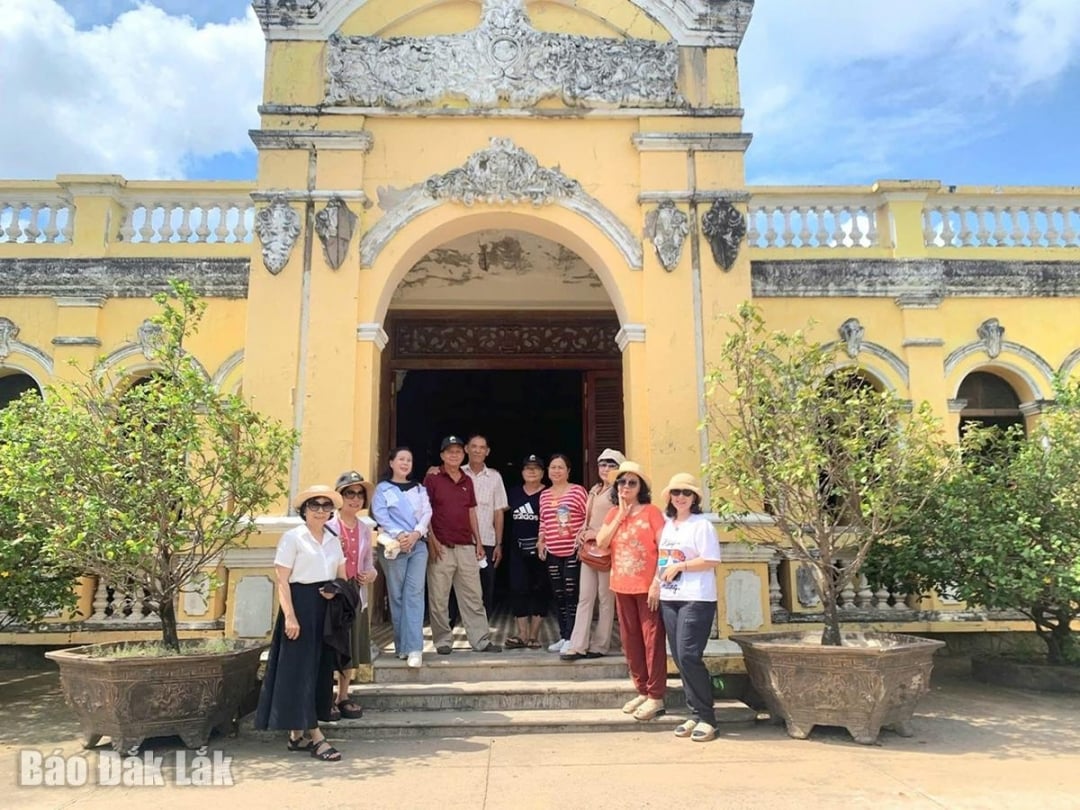 |
| Doc Phu Hai House - this ancient architectural work is associated with the life of Mrs. Tran Thi Sanh, wife of National Hero Truong Dinh. |
According to historical records, in 1755, King Nặc Nguyên of the country of Chenla offered gifts to the two prefectures of Loi Lat and Tam Bon to atone for his sins and ask for support from Lord Nguyen. According to the "silkworm eating mulberry" strategy of the famous general Nguyen Cu Trinh, the two prefectures were absorbed by Lord Vo Vuong Nguyen Phuc Khoat, later Loi Lat became Go Cong, and Tam Bon became Tan An of Long An province (old), now Tay Ninh province. Through many ups and downs with many names, the place name Go Cong is forever in the memory of the Vietnamese people as a special, peaceful, prosperous and heroic land.
Compared to the vast Southern Delta, where storks can fly straight, Go Cong in the past was only a small piece of land, with an area of only about 58,000 hectares. That is, only one-third of the land area owned by the landlord Tran Trinh Trach - the father of Bac Lieu prince Tran Trinh Huy: 180,000 hectares. However, thanks to its location in the basin between the Tien and Hau rivers, Go Cong has its own position as a "dragon head phoenix tail" land, considered the final convergence of mountains and rivers (mountains - the majestic Truong Son mountain range originating from Tibet and water - the two branches of the Cua Dai and Cua Tieu rivers in the nine branches of the Mekong Delta).
Along with Thanh Pho village, Go Cong has many other relics bearing the historical and cultural imprints of a time when our ancestors reclaimed land to fight and defend the country. These are the Tomb of National Hero Truong Dinh and the Dark Leaves - Gia Thuan, along with the relic site of Truong Dinh Fortress; Royal Tomb, Vo Tanh Tomb, Van Thanh Temple, Trung Communal House, Tham Bien Palace and many communal houses, pagodas, temples, churches... |
According to researchers, thanks to that convergence position, Go Cong was relatively peaceful, less bombed and shelled during the war than neighboring areas. A good land, Go Cong was blessed by nature with many brackish and salty water specialties to prepare unique folk dishes and royal dishes. This was also the birthplace of literature, giving birth to writer Ho Bieu Chanh, a prose writer who made an important contribution to the formation of the novel genre in our country in its early stages. Meanwhile, female writer Nguyen Thi Manh Manh, the first woman to publish poems, write articles, and give speeches to call for the New Poetry movement, and her father, District Chief Nguyen Dinh Tri, nicknamed Huyen Tri, was also an active writer in the journalism community at that time.
In particular, Go Cong sheltered and protected the Great General of the Western Region Truong Dinh and his army against the French, and at the same time produced many nobles, mandarins, and generals of the Nguyen Dynasty such as: Luong Nang Ba Nguyen Van Hieu, Duc Quoc Cong Pham Dang Hung, Long My Quan Cong Nguyen Huu Hao, District Chief Do Trinh Thoai, Binh Tay Nhi Lang General Truong Quyen, and beauties of high positions: Queen Mother Tu Du, Second Concubine Dinh Thi Hanh of King Thieu Tri, Queen Nam Phuong of King Bao Dai...
In terms of military, if in the 18th and 19th centuries, Go Cong gave birth to famous generals such as Nguyen Van Hieu, Do Trinh Thoai, and Truong Quyen, then in the 20th century, Go Cong also had two famous generals. Senior Lieutenant General Nguyen Trong Nghia of the Vietnam People's Army grew up after the country was peacefully unified, participating in the fight to protect the northern border against the invading Chinese army in 1979. General Sau Nghia was the Political Commissar of Division 5, Deputy Director of Politics of Military Region 7, Political Commissar of Army Corps 4, Deputy Director of the General Political Department before he became one of the country's top leaders: Politburo member, Secretary of the Party Central Committee, Head of the Central Propaganda Department, and then Head of the Central Propaganda and Mass Mobilization Department after the two departments of the Party Central Committee merged on February 3, 2025.
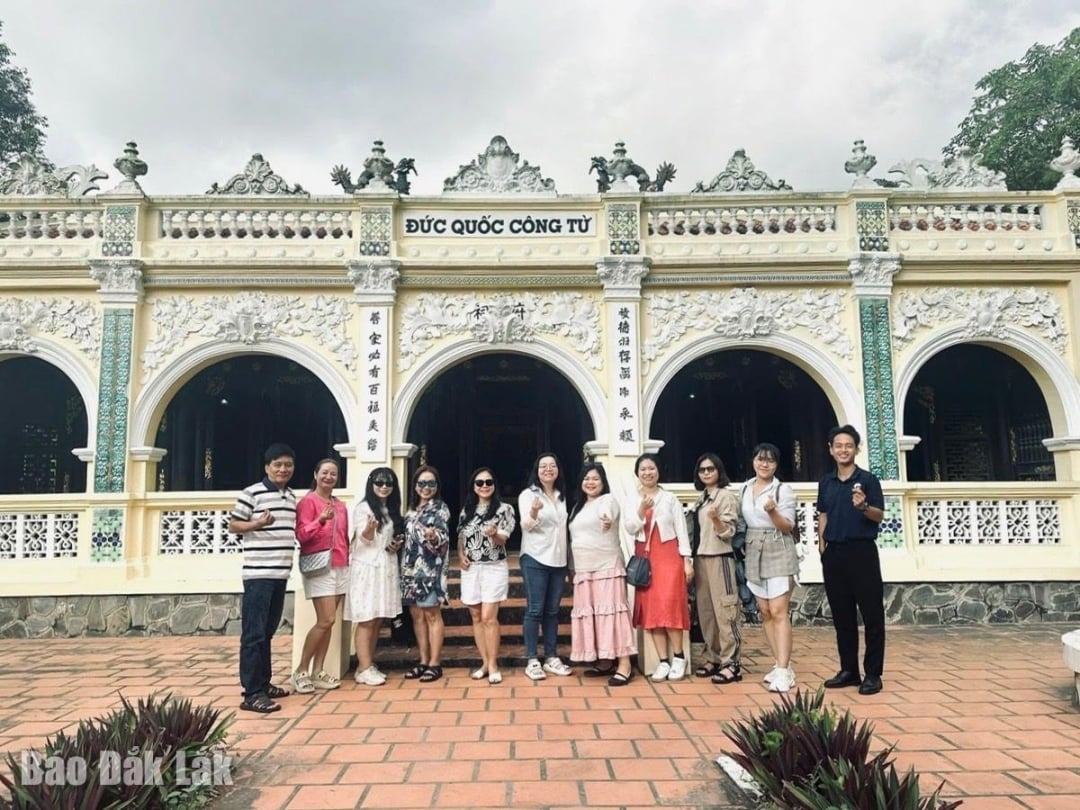 |
| Tourists visit the mausoleum of Duke Pham Dang Hung, father of Queen Mother Tu Du. |
It is not by chance that Go Cong people are proud that their hometown has the first "city" in the South. According to poet and historian Le Ai Siem, on March 31, 1885, the Go Cong Council certified a decree to change the village name of the colonial government, which was published in the Gia Dinh Newspaper. The two villages of Thuan Tac and Thuan Ngai, which were separated by the Cua Khau canal, were merged into one and named Thanh Pho village, belonging to Hoa Lac Ha commune. A few years later, the Governor-General of Indochina issued a decree to change all the council districts into provinces from January 1, 1900. The Go Cong Council district became Go Cong province, with the provincial capital located in Thanh Pho village. And over time, there have been many divisions and changes in administration, but Thanh Pho village has always been the central capital of Go Cong.
Meritorious Teacher Phan Thanh Sac, who spent a lot of time researching his hometown of Go Cong, believes that Thanh Pho village is a unique model when a city is built within a village. In addition to the prosperity of streets, bridges, roads, and markets, Thanh Pho village is also diverse and unique in architecture and style. The grounds of each ancient house often have fences made of many types of low bushes such as hibiscus, cotton, bum sumba, duoi, and wild tangerine. Thanh Pho village has the appearance of a bustling urban area, with a central inner-city market located next to a large canal, chessboard blocks with narrow and short roads, and rows of houses with yin-yang tiled roofs...
Also according to researcher Le Ai Siem: “It was not by chance that the French named “City Village” for the urban area of Go Cong in 1885, the only urban village in the colony. The French invaded with the beautiful name of “civilizing the backward people”. They “civilized” with warships and cannons. That is why from the land of Go Cong, the national hero Truong Dinh stood up, the first Vietnamese to gather his plantation troops to carry out the resistance. From this first uprising, the Southern people started dozens, even hundreds of other uprisings, to have the saying “When the grass is gone, the Southern country will no longer have Southern people fighting the French”, and the French said “In this Annam land, each person is a resistance center”.
Source: https://baodaklak.vn/phong-su-ky-su/202507/lang-thanh-pho-voi-my-nhan-va-khanh-tuong-e39105c/



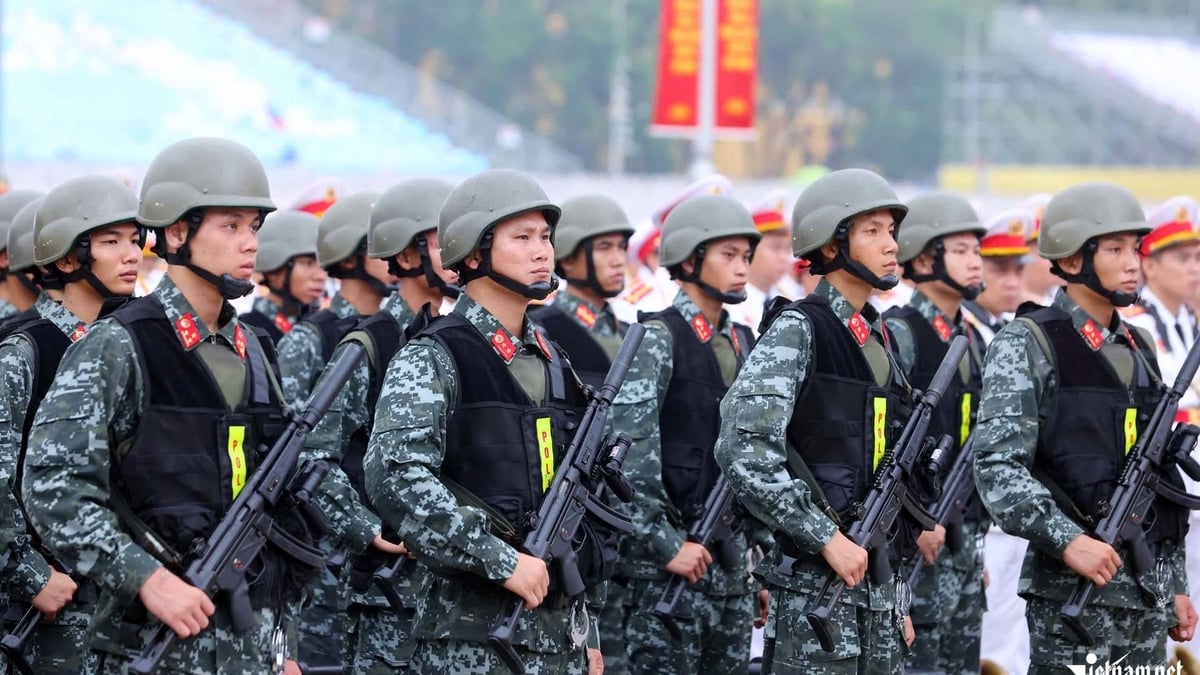

![[Photo] Hanoi is ready to serve the occasion of the 80th National Day Celebration on September 2nd](https://vphoto.vietnam.vn/thumb/1200x675/vietnam/resource/IMAGE/2025/8/29/c838ac82931a4ab9ba58119b5e2c5ffe)

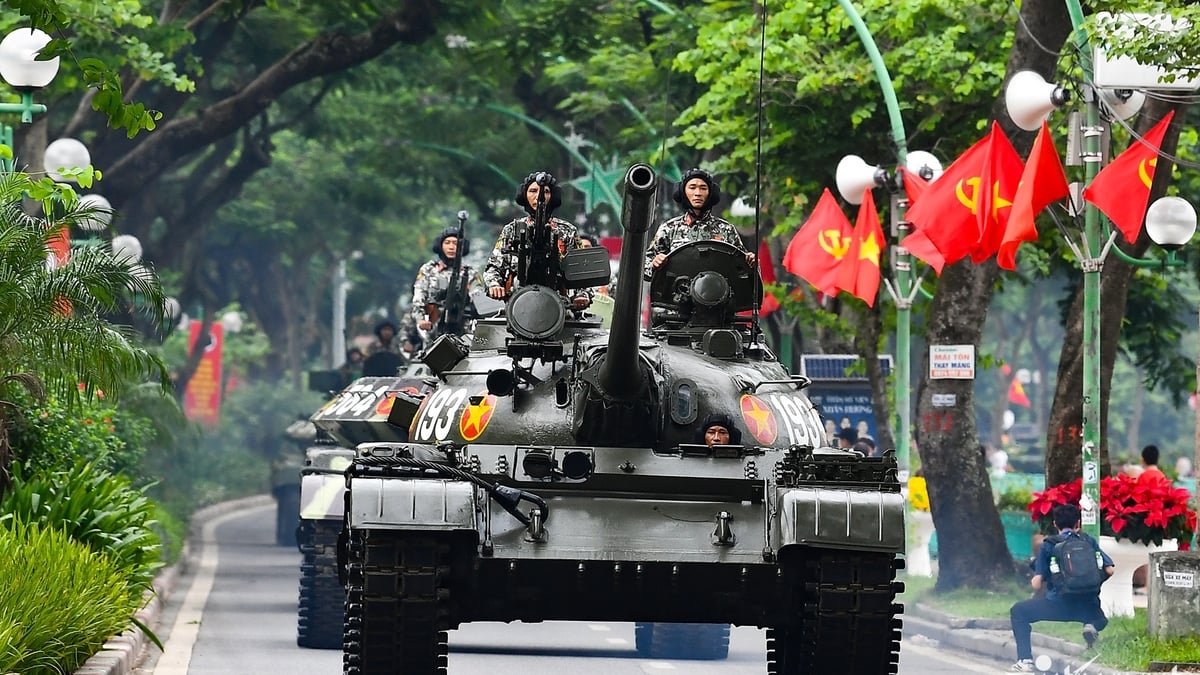
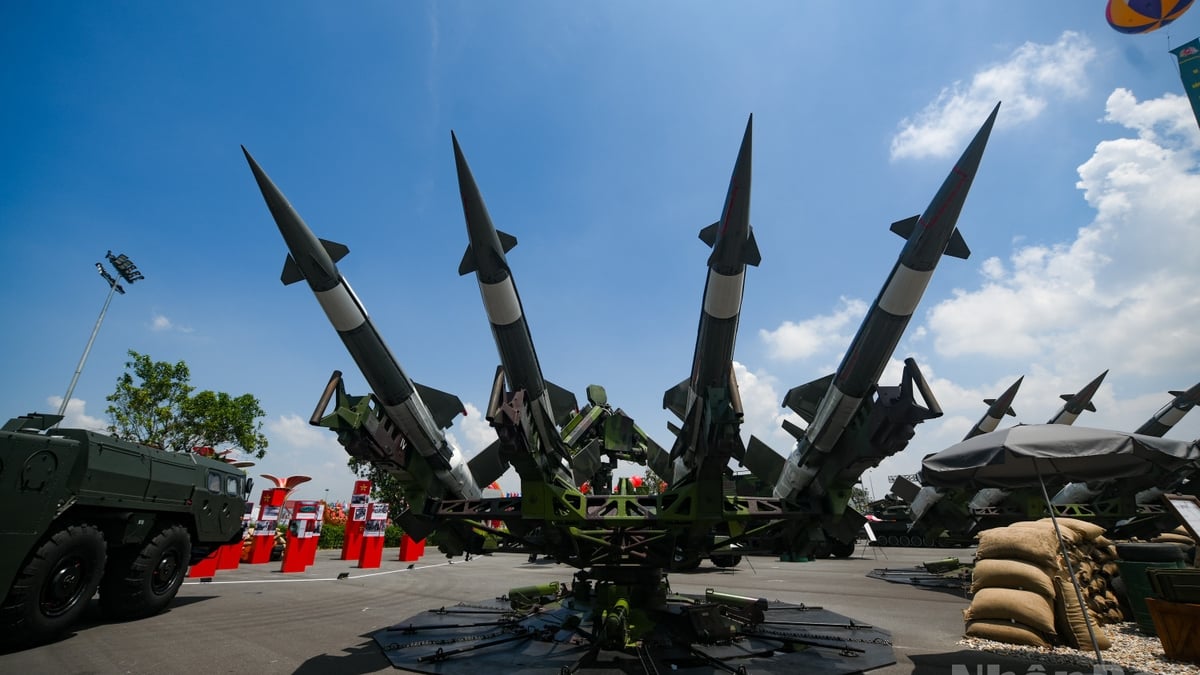


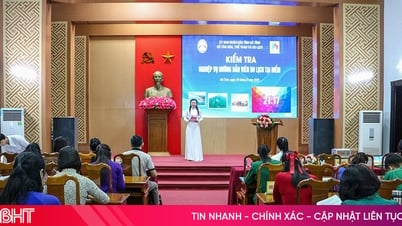

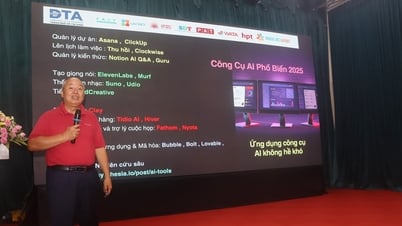



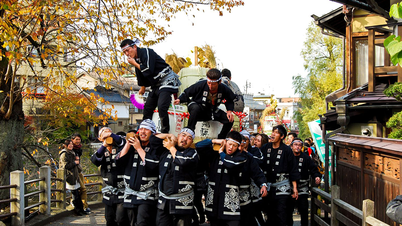
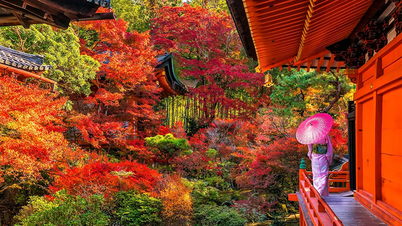
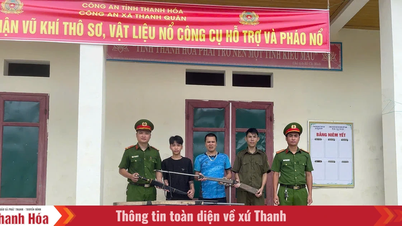

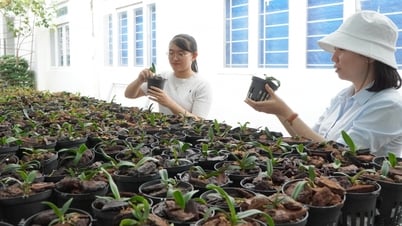
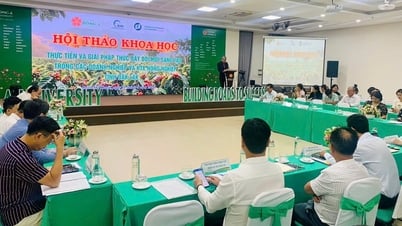

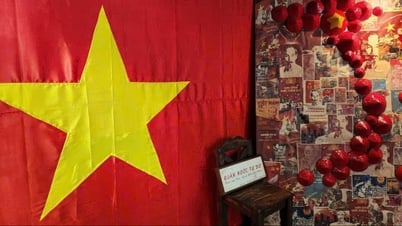

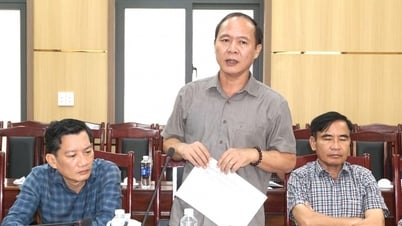






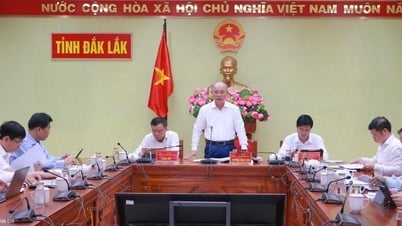
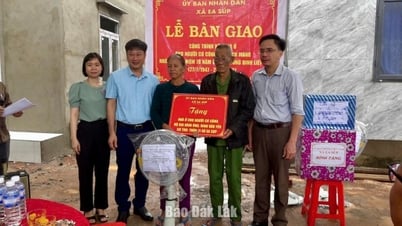
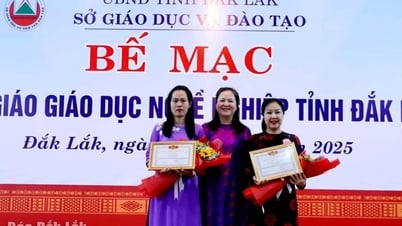
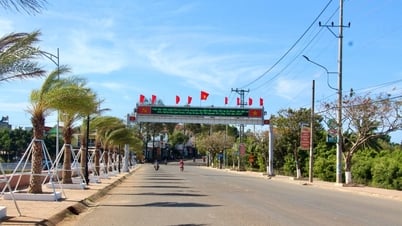
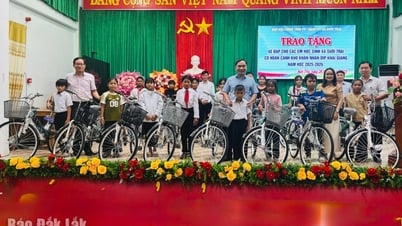
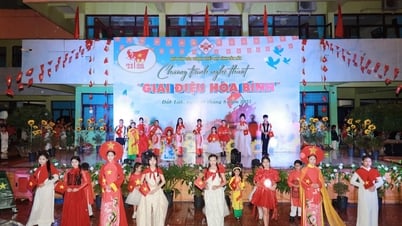

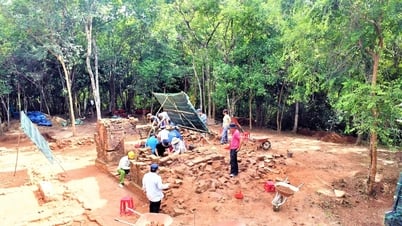

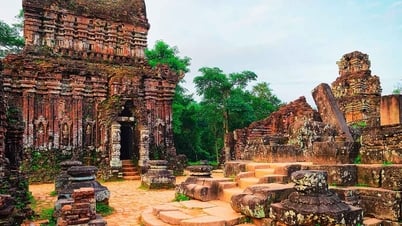

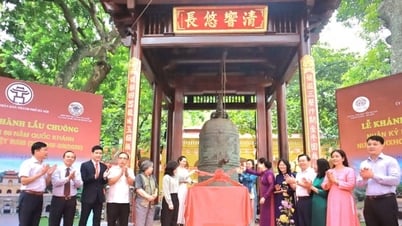



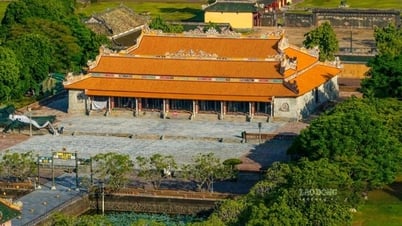
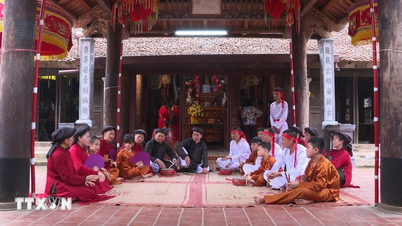

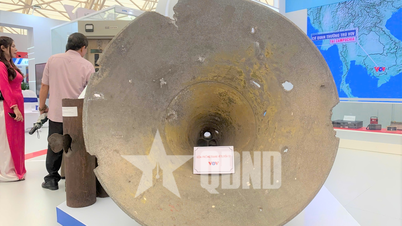



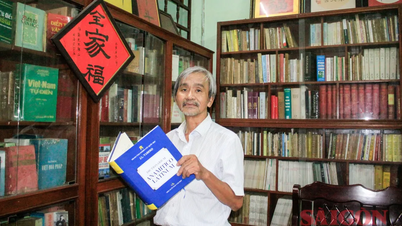









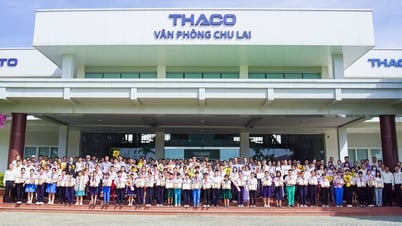

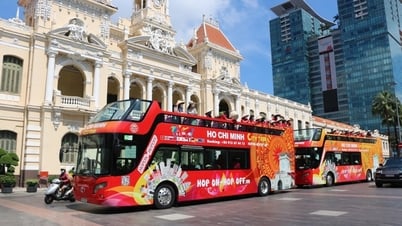


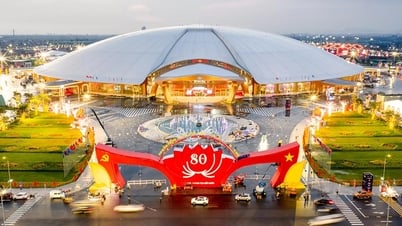






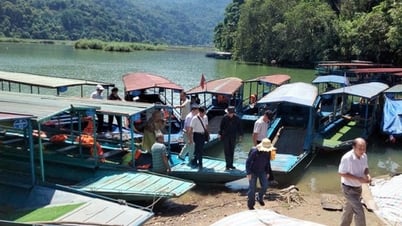



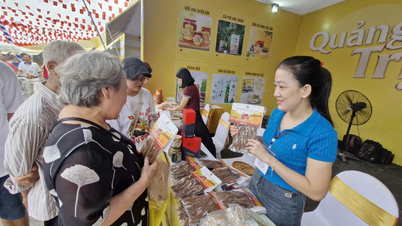







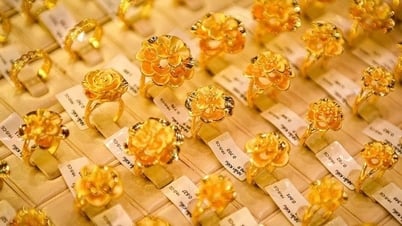




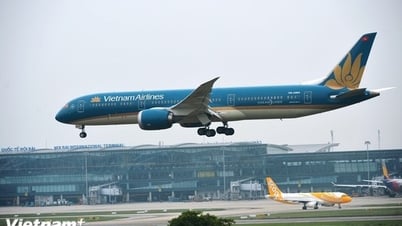


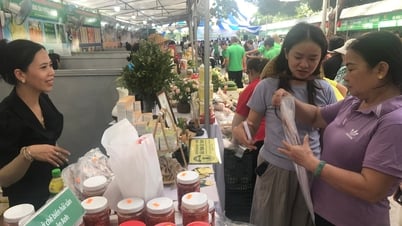






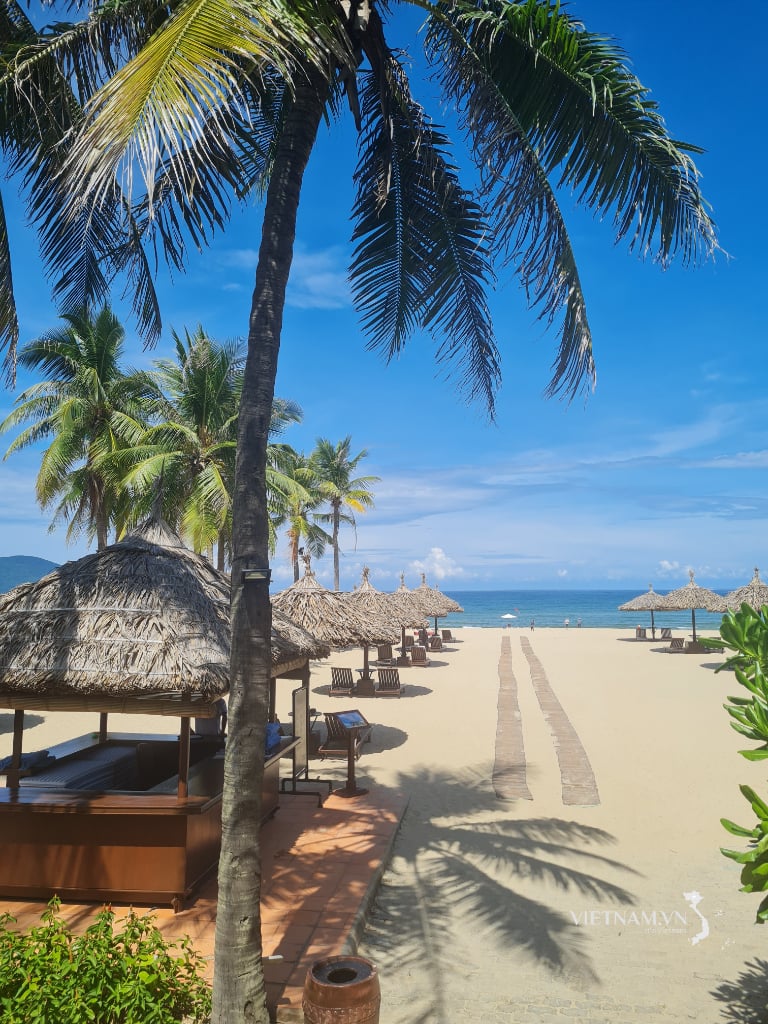
Comment (0)